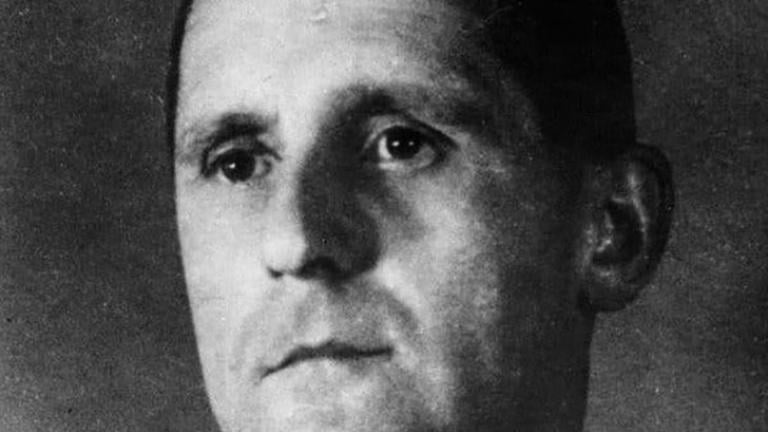During the Nazi era, Heinrich Müller was a high-ranking German Schutzstaffel (SS) and police official. He was the head of the Gestapo, Nazi Germany’s secret state police, for the majority of World War II in Europe. But did you know that they never found Muller?
Heinrich Muller, the Gestapo’s leader during WWII, was never found. There are numerous conflicting stories about his death or survival, and he is one of the highest-ranking missing Nazis.
The Flying Policeman
Heinrich Müller was the son of poor Catholic parents and was born on April 28, 1900. After finishing high school, he began a three-year apprenticeship as an aircraft mechanic. He worked in a Bavarian aircraft factory before joining the German army at the age of 17. He was a pilot in the German Imperial army during World War One. He received the EK I and II in recognition of his wartime achievements, Eisernes Kreuz or Iron Cross. After Germany’s defeat in 1919, he left the army.
Müller found work at the police headquarters in Munich in December 1919. He was appointed Polizeisekretär in 1929 and Kriminalinspektor in 1933. He spent a significant portion of his police career gathering intelligence on the German Communist Party (KPD). Müller was a known anti-Communist, and it appeared that he frequently broke the law during his work. Ignoring the law would not be a problem in the future.
From the moment Hitler took power, all sorts of measures were put in place to ensure that police and security officials were not bound by any law meant to protect arrested people while on the job. (Source: Traces of War)
Switching to Nazi
Müller was not allowed to join the NSDAP or a similar organization during the Weimar Republik because of his work for the police. Müller, unlike many of his later colleagues, was not a fanatical Nazi, nor did he belong to any political or ideological organization. Müller, as an anti-Communist, would have had no objections to Hitler’s new cabinet, which was formed on January 30, 1933. Müller continued his work in the Munich police department. When Reinhard Heydrich was appointed chief of the Bavarian police the following year, he became one of his closest associates.
Müller quickly became known among Nazis for his professionalism as a police officer, and Heinrich Himmler took note of his fanatical devotion to duty and discipline. Müller was appointed as the Kriminalpolizei’s supervisor in 1935. Meanwhile, Müller joined the S.S. in April 1934 as an SS-Untersturmführer and was promoted to SS-Obersturmführer on June 4, 1934. He was also assigned to the SS’s intelligence service, the Sicherheitsdienst(SD). The groundwork for a successful career in the Third Reich had been laid.
When Himmler appointed Heydrich as Gestapo chief in April 1934, he made Müller head of Section II, which was in charge of tracking down potential enemies of the Third Reich, including Jews. On January 30, 1937, he was promoted to SS-Standartenführer within the SS. In June, he was named management advisor of the Kriminalpolizei in addition to his function as Gestapo department head. Müller held an increasingly important position within the police force. Müller took part in a historic event for the first time in 1938, the Reichskristallnacht. (Source: Traces of War)
Image from History
